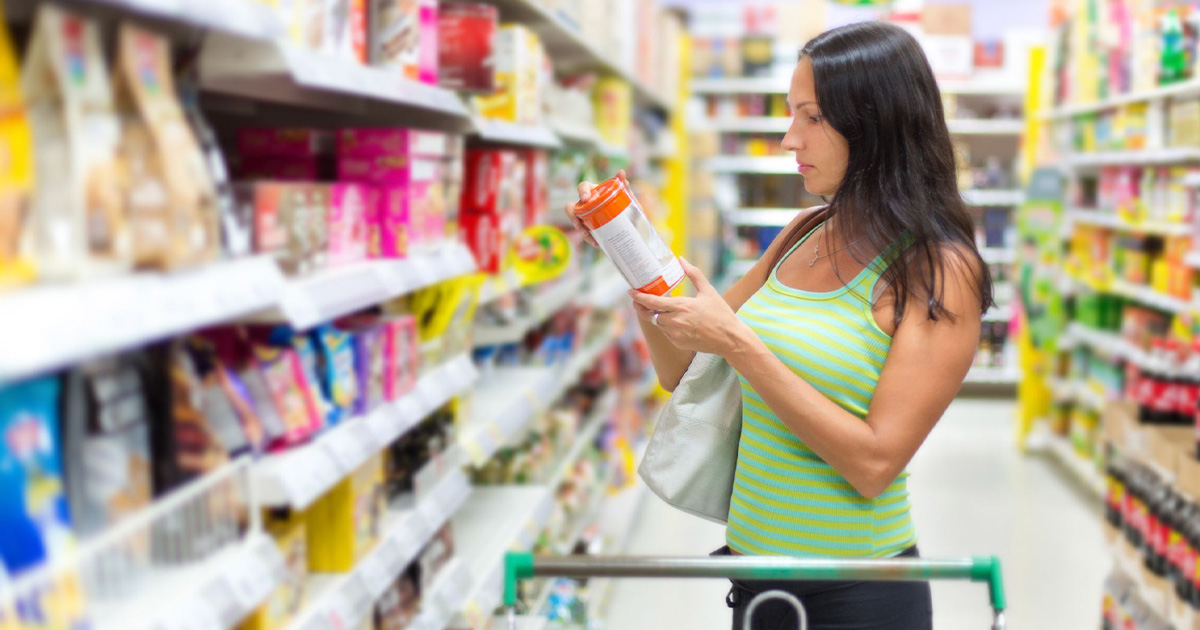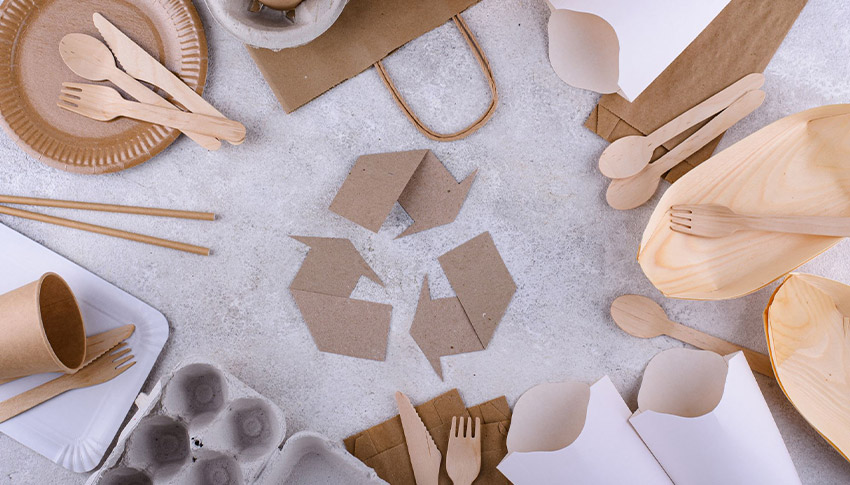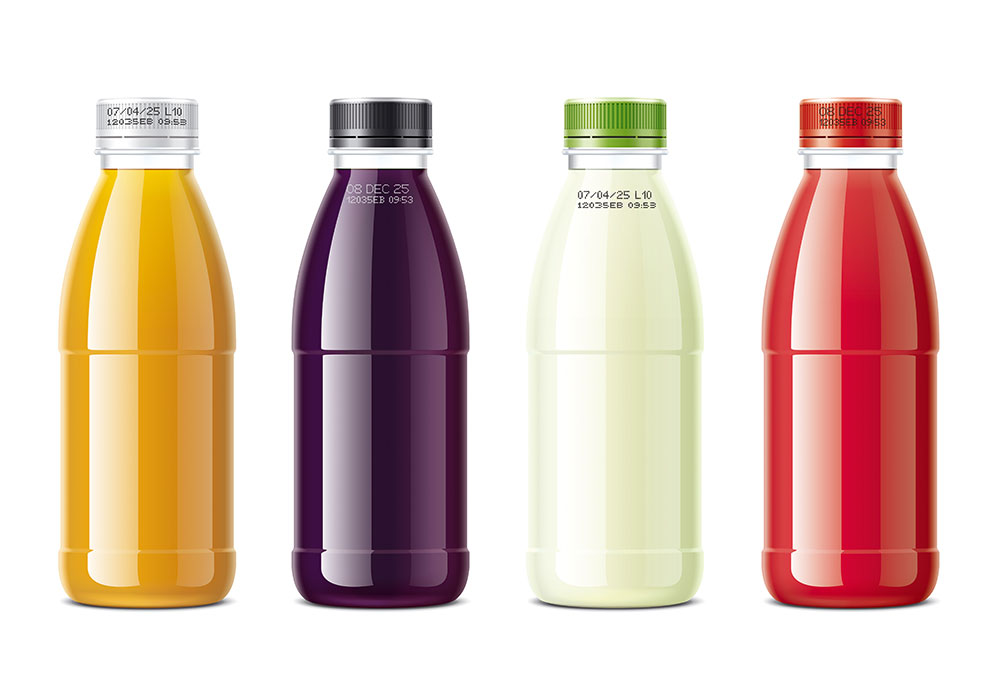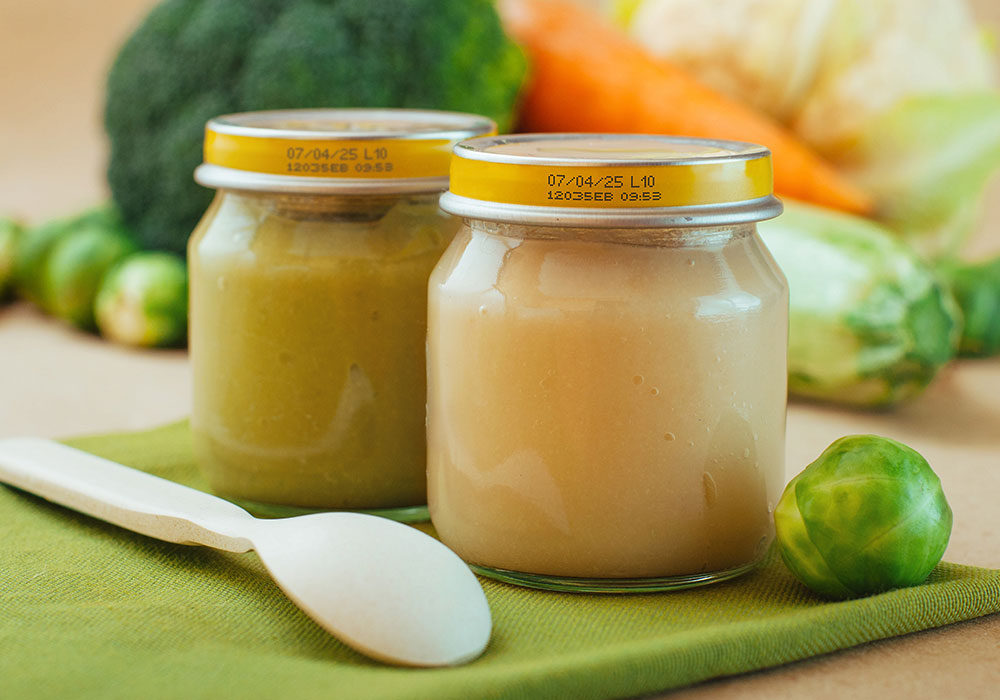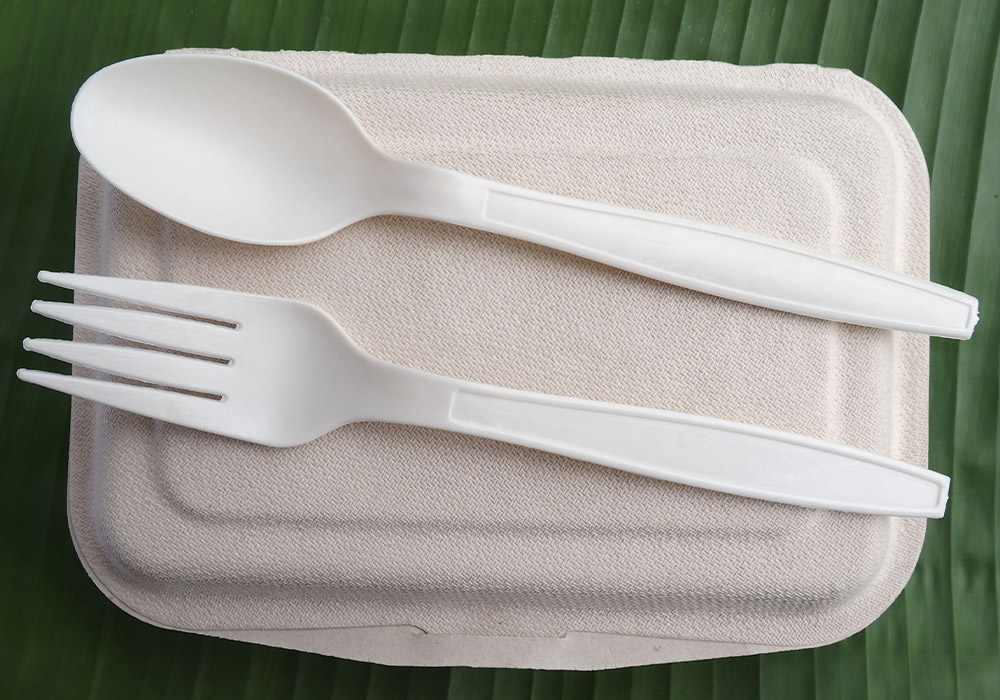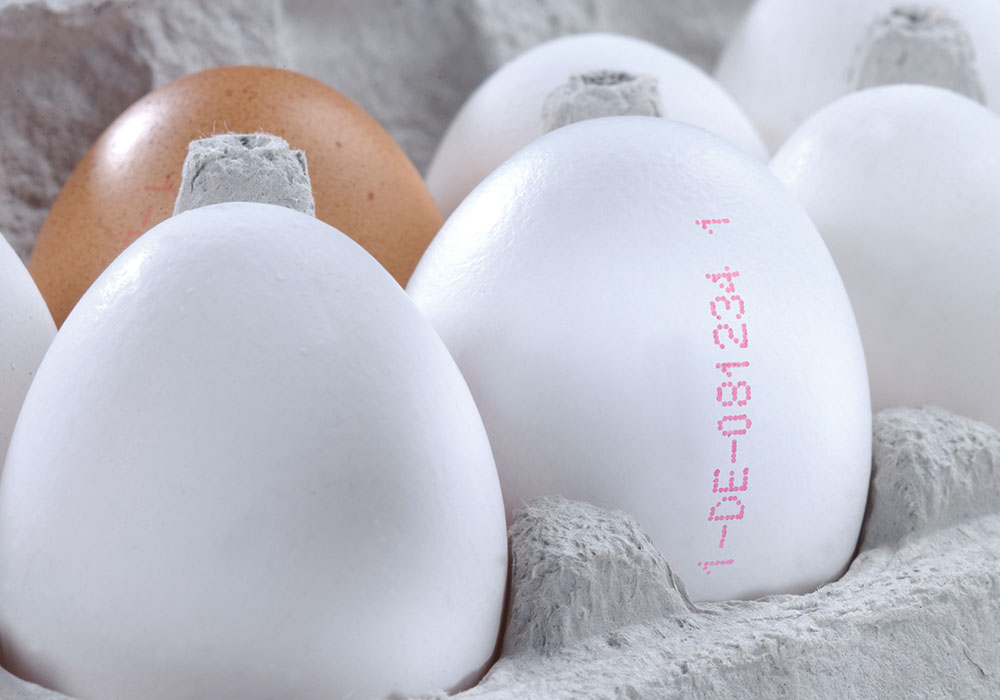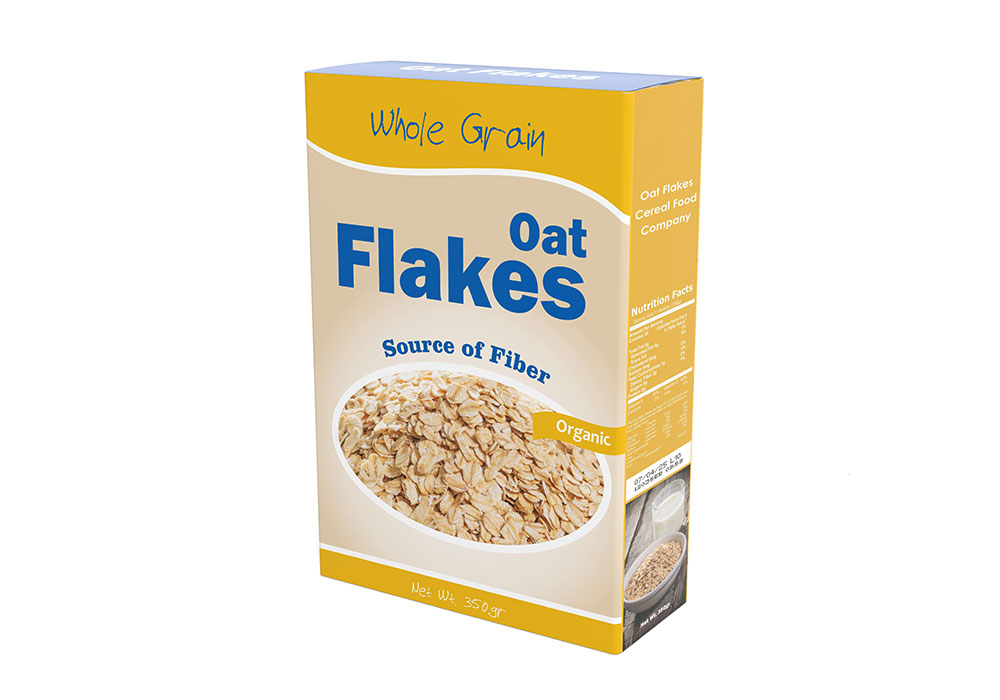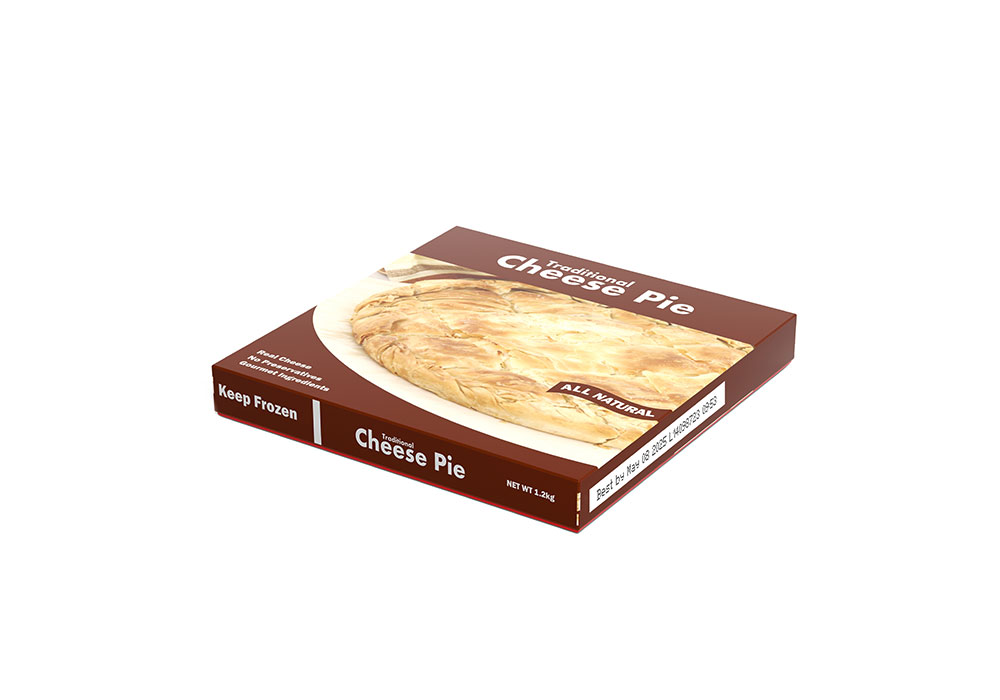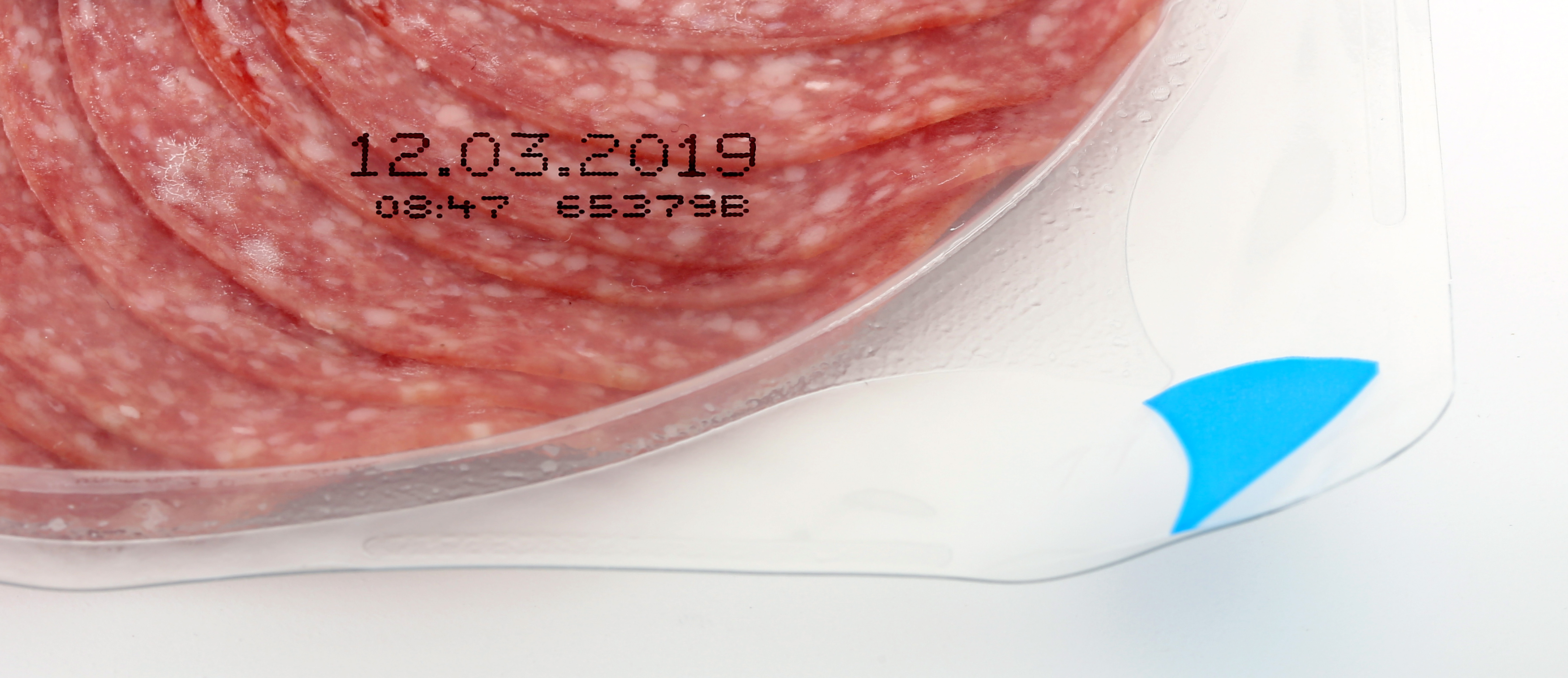October 13, 2023
The versatility of continuous inkjet: one print technology for versatile and sustainable packaging
If you take a look around your fridge or your food cupboard, you will see an astonishing variety of packaging materials. Aluminum cans, glass bottles, plastic pouches, cardboard cartons, plastic wrappers – and in many shapes and sizes.
There are a number of reasons for this variety. Packaging is of course hugely important to a product’s success. Food and beverage producers have to consider many factors, including: customer convenience, cost, hygiene, stackability, strength and, increasingly sustainability. They have to strike a balance between all of these qualities in order to protect the product, please the customer, safe guard the environment and keep production and storage costs as low as possible.

But have they forgotten something?
However, there is almost always a need to print codes or expiry dates onto food products. And one factor they are less likely to take into account in their packaging is whether the product surface is suitable for printing.
Fortunately, LEIBINGER CIJ printers can print onto virtually anything.
One of the great advantages of continuous inkjet printing is its flexibility. LEIBINGER CIJ printers are used across the world to print dates, batch numbers, product codes and logos on a staggering variety of products. From tiny electronic components to massive timber beams, from polished glass surfaces to absorbent cardboard, from chilled food to hot drinks, there are very few products that cannot be served by our printers.
In the food and beverage industry, our printers are used every day to mark dates onto:
- Cans
- Caps and closures
- Cardboard packaging
- Flow wrap
- Glass bottles and containers
- Eggs and egg boxes
- PET plastic bottles
- Shrinkwrap, biofoils and plastic film
- Tetra Pak® and other beverage cartons
LEIBINGER industrial coders print on all surfaces and materials
What’s changing in packaging?
Not only do food and beverage companies have to handle many different packaging materials – they are also having to deal with unprecedented change. Customer preferences are constantly shifting and new design innovations are appearing every year. The super-efficient supply chains that underpin modern e-commerce are driving packaging options that are lighter and more easily stored and stacked. But more than anything, packaging is becoming more sustainable.
Legislation and customer preference are the key driving forces. Governments are introducing EPR programs (Extended Producer Responsibility) to encourage producers to use more sustainable packaging, yet food producers already know that it is also a factor for which their customers are looking. Very few products will be successful without being sustainable.
New packaging options are gaining in popularity, such as recycled content packaging and new reusable designs, while compostable packaging is the fastest growing packaging material: it has a compound annual growth rate of 15-16%, compared to a 3-4% CAGR for plastics.
And while plastic continues to be popular, food companies are working with governments around the world to improve recycling rates– which is also something that customers are demanding. Chemical recycling, for example, is an emerging technology that could make popular plastics such as flexible films more recyclable.
Keep it simple, keep it efficient, keep it green
Despite these rapid changes, and the enormous variety of packaging options available, LEIBINGER helps to keep things simple for customers. Just one print technology will cover virtually any package.
There are other advantages too. Inkjet printing is faster and more environmentally friendly than the cumbersome process of applying labels. Unlike laser printing, CIJ machines require no additional equipment, and can be easily adapted when production lines switch from one product to another: the same printer can be used for different sizes, formats or substrates.
In addition, continuous inkjet printers can use different types of inks, depending on the requirements, including invisible UV inks, high-adhesion ink for chilled products that may attract condensation moisture, or opaque pigmented inks for dark backgrounds.
The world of packaging is changing rapidly and food producers have enough on their plate already. Let LEIBINGER printers give you a single, simple, efficient way of solving the multi-material problem and keep your production line rolling!
Take a look at the LEIBINGER range here.
